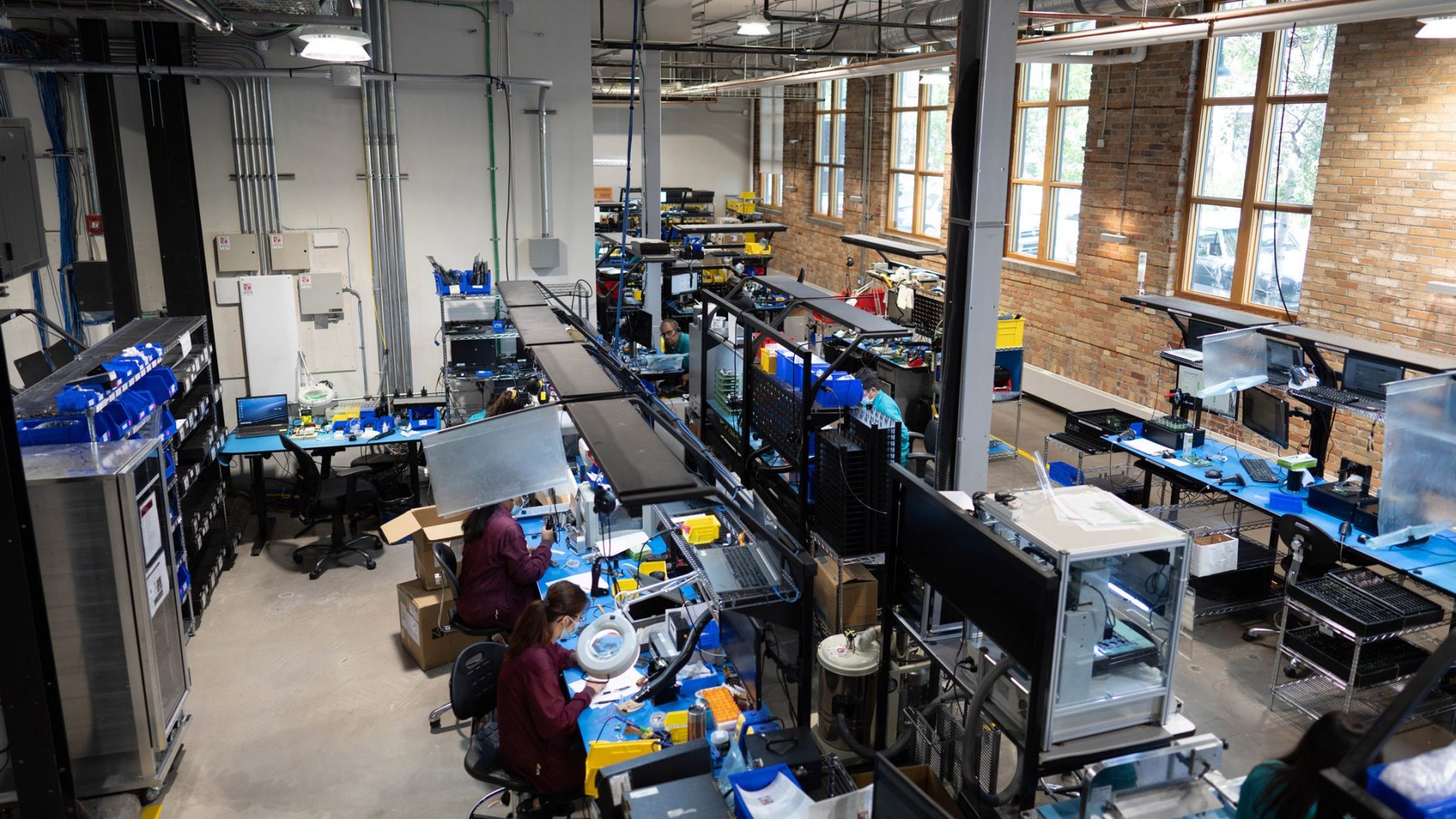With global demand for its connected safety wearables at an all-time high, Blackline Safety Corp. has announced that it has expanded its manufacturing capacity at its Calgary headquarters in Canada.
The expansion – which is poised to increase Blackline’s production capacity by 30 to 50% – was achieved by repurposing the company’s existing space.
The announcement comes on the heels of a milestone year which saw the company’s global customer base climb to 1,800, with 150,000 workers protected by the company’s safety wearables across North America, Europe, Middle East, Australia and New Zealand.
Over the last year, global demand for Blackline’s real-time connected safety technology grew an average of 30%, while product rentals rose 214% and the company’s cartridge line saw 165% growth.
“Amid the rising demand for our products, the expansion enables us to assemble increased volumes of products onsite and maintain Blackline’s industry-best lead times for order fulfillment,” said Kevin Meyers, Blackline Safety COO. “Our customers depend on Blackline to keep their workers safe, and we are committed to ensuring product availability and reliability to meet the needs of our growing user base as we transform the industrial workplace through state-of-the-art technology.”
Blackline’s expanded manufacturing area now spans more than 11,850 square feet on the main floor of its headquarters – a 49% increase in space. The repurposing was made possible due to space being freed up as a result of more employees choosing a hybrid work model, and by moving the company’s development facilities to the building’s second floor.
Blackline’s breakthrough technology is cloud-based, featuring GPS-enabled safety sensors and devices that leverage the Internet of Things (IoT) to connect workers to live monitoring. The platform includes high-performance emergency response and evacuation management capabilities as well as contract tracing. It connects employees with software that pinpoints their location, enables back-and-forth information sharing and collects vital data, making it possible to detect the exact location of a gas leak or determine how often workers are travelling through high-risk areas. The company’s wearables are offered in two robust models — one connected via a cellular network and another via satellite.



